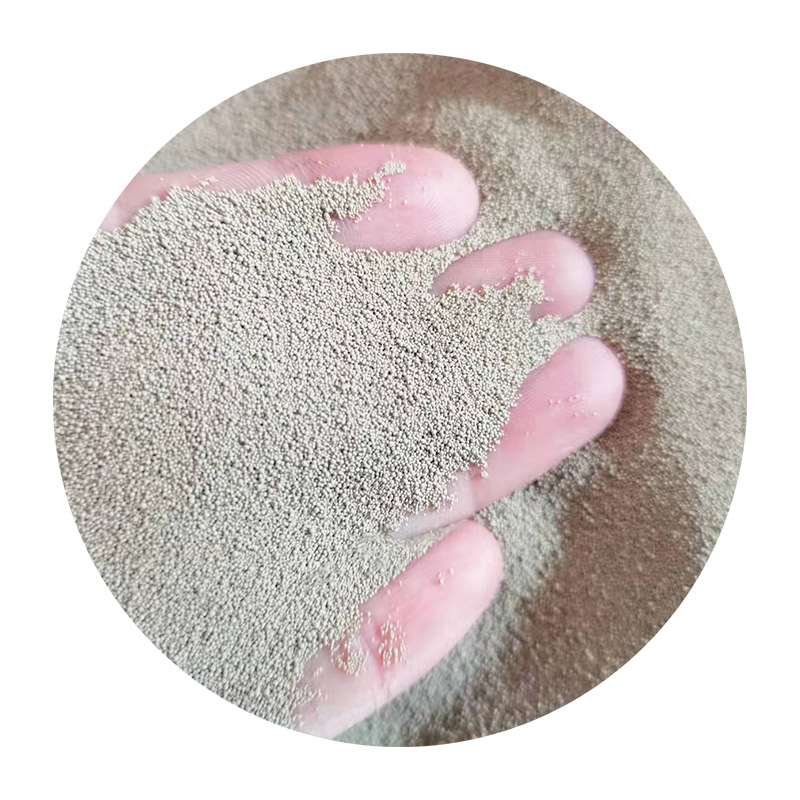Wet Sanding 3D Prints A Guide to Achieving a Smooth Finish
In the realm of 3D printing, the journey from a raw print to a polished masterpiece can often be filled with challenges. One of the most effective techniques for enhancing the surface finish of 3D prints, particularly those made from thermoplastics like PLA, ABS, and PETG, is wet sanding. This method not only improves aesthetics but can also enhance the overall quality and longevity of your printed objects. In this article, we will explore the benefits of wet sanding, the materials needed, and a step-by-step guide on how to effectively wet sand your 3D prints.
Why Wet Sanding?
Wet sanding involves using sandpaper with water to smooth out the surface of a print. This technique has several advantages over traditional dry sanding. First, the use of water helps reduce dust and debris, making cleanup easier and minimizing respiratory risks associated with inhaling fine plastic particles. Second, wet sanding helps to lubricate the sandpaper, which can lead to a smoother finish and reduce the risk of gouging or scratching the surface of the print.
Wet sanding is particularly beneficial for prints that exhibit layer lines, rough edges, or other surface imperfections. The method allows for a gradual removal of material, enabling users to focus on problem areas without damaging the overall integrity of the print. Additionally, wet sanding can prepare a print for painting or further finishing processes, allowing for a more professional and uniform final appearance.
Materials Needed
To get started with wet sanding, gather the following materials
1. Sandpaper Use a variety of grits, ranging from coarse (around 100-200 grit) to fine (up to 3000 grit). You might want to start with a lower grit for initial sanding and gradually move to higher grits for polishing. 2. Water This will be used to lubricate the sandpaper. A spray bottle can be handy for easy application. 3. Container A shallow container or bowl to hold water. 4. Clean cloth or paper towels For drying the print after sanding. 5. Optional A spray-on primer or a clear coat can enhance the final finish if a paint job follows.
Step-by-Step Guide to Wet Sanding Your 3D Prints
wet sanding 3d prints

1. Preparation Start by cleaning your 3D print to remove any debris or support material. Inspect the printed object for any obvious imperfections that you want to address.
2. Initial Sanding Fill your container with water and wet your coarse grit sandpaper. Gently sand the surface of your print in a circular motion, applying light pressure. Make sure to keep the paper wet and continuously spray more water as needed to avoid clogging the sandpaper.
3. Inspect After going over the entire print with the coarse grit sandpaper, rinse the print to remove any residue, and allow it to dry completely. This will help you see which areas still need work.
4. Progress to Finer Grits Repeat the process with medium grit sandpaper, and then move on to fine-grit sandpaper. As you progress to finer grits, you’ll notice a significant improvement in the smoothness of the surface. Remember to wet the sandpaper before each use.
5. Final Polish For the ultimate finish, use the finest grit sandpaper (around 2000-3000 grit) to achieve a glossy look. This stage is crucial, especially if you plan to paint or apply a clear coat.
6. Clean and Dry Once you’re satisfied with the finish, rinse your print once more and dry it thoroughly using a clean cloth. You may want to follow up with a primer or clear coat for added protection and a smoother surface for painting.
Conclusion
Wet sanding is a powerful technique that can dramatically enhance the surface finish of your 3D prints. By following these steps and properly preparing your materials, you can achieve professional-quality results right from your home workshop. Whether you’re a hobbyist or a professional, mastering the art of wet sanding will elevate your 3D printing projects and allow you to create stunning, polished pieces. Don’t hesitate to experiment with different sanding techniques and products to find the perfect combination that works for your specific prints. Happy sanding!
Post time:dec . 05, 2024 00:26
Next:sand casting sand
